Japan’s pipsqueak work trucks (and vans) are a-o-kei
As an enthusiast, it is always heartening to see a young person fall in love with a vehicle. This boy could have been no more than three, but he circled the truck pop-eyed and open-mouthed, caught in the orbit of a new obsession even as his parents impatiently called. You can see why, of course. This thing’s just the right size for a toddler to drive.
This is a 1971 Suzuki Carry, a pint-sized truck that somehow slipped through various importation loopholes and ended up landing in Canada decades ago. It is a kei-class vehicle, properly a keijidōsha, Japanese for “light automobile.” Built to satisfy certain restrictions in size and engine displacement, kei cars are extremely popular across the Pacific because they skirt much of the punitive tax structure that makes owning a car in Japan so expensive.
For the most part, keis are boxy, simple things that look like they’re made out of Duplos. On the narrow streets of Tokyo, they fade into the background, especially the most popular versions, which are boringly pragmatic attempts to maximize interior space while minimizing footprint.
Over here, however, the Carry reads as a golf cart gone rogue. Its quad headlights give it the face of a jumping spider. It looks like you could stick it in your pocket and walk home. North America is experiencing its own small truck renaissance with the Ford Maverick and Hyundai Santa Cruz, but, in many parts of the world, this is what a truly compact work truck looks like.
Reluctantly, the Carry’s small admirer is coaxed back to his stroller with a juice box. A few other bystanders seem mildly interested, but no one stops to take a picture. In the lull, owner Keith Measures folds his lanky frame into the driver’s seat, and cranks the engine over. The Suzuki clears its throat. Now everyone looks.
Reeennn-dinga-ding-ding-dinga-ding-ding! The Carry’s tax-restricted 360cc engine is a two-stroke affair, mounted in the middle. Thanks to 1970s muffler technology, it sounds like we’ve run over an entire motocross event. It’s obnoxiously loud, and heads everywhere instantly swivel towards us. Measures furiously works the column shifter, flooring the tiny accelerator pedal. The Carry putters up a nearby hill at a donkey’s pace.
Driving a slow car fast is one type of fun, but whipping a molasses-slow, ear-splittingly loud minitruck is an entirely different flavor of thrill. Well, “thrill” is perhaps the wrong word. The experience is more like a comedy routine. Everything seems so ridiculous, from the Mexican blanket interior to the near-useless lap-belts. Never mind watching for crossovers—we’d be in dire straits if we hit a squirrel.

As whimsical as this cartoon-sized fare seems, the Carry is an actual truck. In 1971, this is how plumbers and construction workers and road crews got to work in Japan. Even weirder, it’s how a lot of tradespeople still get to work here in Vancouver. More on that trend in a bit.

First, an examination of the drawbacks of classic kei ownership. Measures’ truck is basically a rescue operation. A full restoration is technically possible, but parts are very expensive, especially considering the size of the truck. It would Measures cost as much or more to mechanically sort out the Carry’s engine, brakes, and suspension as it would for him to set up a contemporary Datsun 240Z.
He doesn’t drive the Carry often—he has other project cars that require less effort to drive around town. Yet Measures can’t seem to let the little Suzuki go. It’s too rare and interesting.
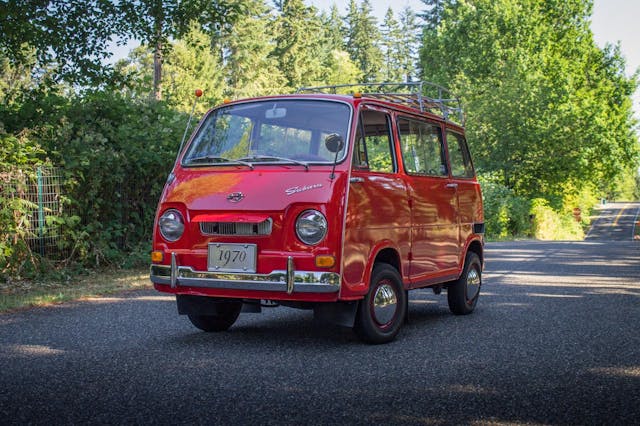
South of the border, another machine shows the beguiling charms of the working kei. Jamie Cavett of Belfair, Washington, has dubbed her 1970 Subaru 360 Sambar “Stanley.” The name fits. Available as a van or truck (the Cavetts also have a truck version), the Sambar comes with a tiny two-stroke engine like the Carry’s. It, too, accumulates speed with all the urgency of a mantlepiece collecting dust. Stanley frequently gathers crowds at local shows, but he typically arrives to the venue via trailer.
Overall, the collector kei market seems very healthy. It holds a few surprises, too. Though mini sports cars like the Suzuki Cappuccino and Honda Beat are fan favorites, Hagerty’s analysts were slightly shocked to see that the Subaru 360 sedan—“cheap, ugly,” and a massive flop in period—quadrupled in value in a single year.
Assessing a value for the Measures’ Suzuki Carry or the Cavetts’ Subaru Sambar is more difficult, since neither model is yet tracked in the Hagerty Price Guide. Ironically, though many may not classify the Carry or the Sambar as investment vehicles, they’re now far rarer than most kei-class passenger cars. Your chances of seeing a gull-winged Autozam AZ-1 at a car show are far higher than spotting something more humble, like the Carry.
However, at least in Canadian markets, you’re almost guaranteed to spot a more modern kei truck on your way to the corner store or shopping mall. Hundreds of these found their way into shipping containers and ended up here, especially on Canada’s west coast. They’re too small to haul big loads, but for small gardening firms and other light duties, they offer a blend of practicality and advertising. Further, a modern kei truck comes with a four-stroke, 660cc engine that can handle city driving just fine. It even boasts amenities like an automatic transmission and air conditioning.
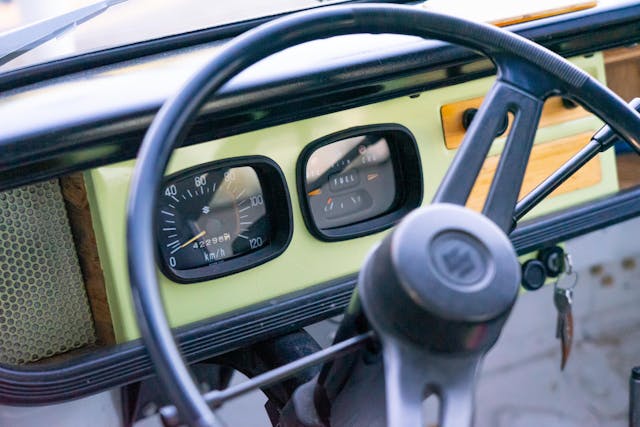
They’re toylike, true, but a hoot to drive. In fact, in the UK, Honda’s heritage fleet includes a Honda Acty van that was once driven by none other than Sir Stirling Moss. It sounds absurd, but if you live in a built-up area like London, what need does a famous racing driver have of a powerful Mercedes? A mid-engined microvan will do fine.
Perhaps even more than fine. Cult classic Japanese car show Best Motoring once fielded seven Daihatsu Midget IIs in a single-make “race,” and it’s absolutely some of the most compelling television you’ll ever see. There’s no subtitles here, but none are needed. It looks like so much fun.

If modern kei trucks and vans have edged closer to the mainstream, the classic versions remain way out on the fringes of enthusiasm. They’re important to preserve: Toyota 2000GTs and Mazda Cosmo may be rare artworks, but kei trucks and vans are the way ordinary people got to work in the early days of the Japanese auto industry.
Even without knowing the history, the delight of these machines is clearly evident. There was no need to explain what the Carry was to the young passerby who fell in love with it. He simply liked what he saw: an unusual little truck—tiny, but full of joy.

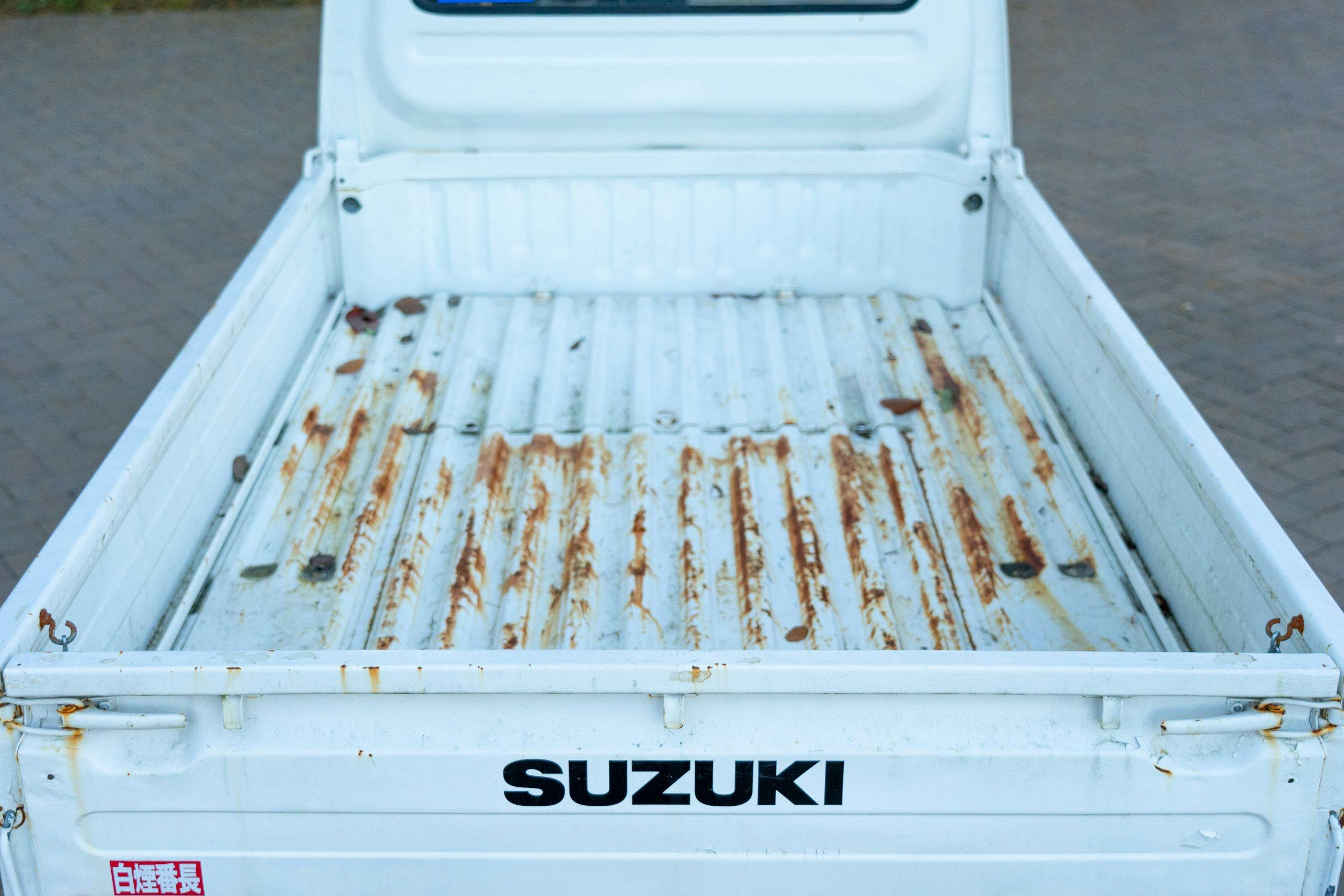
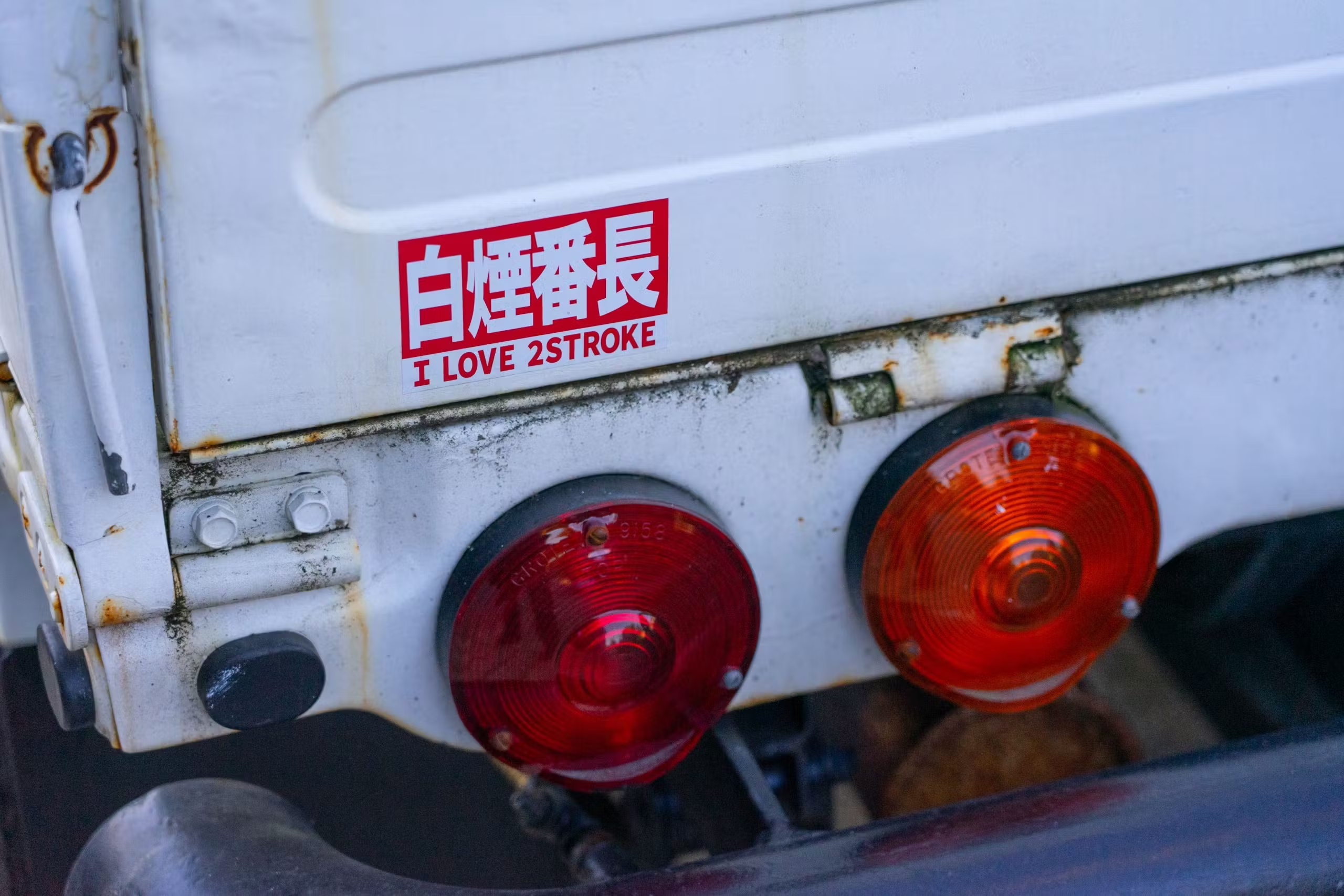
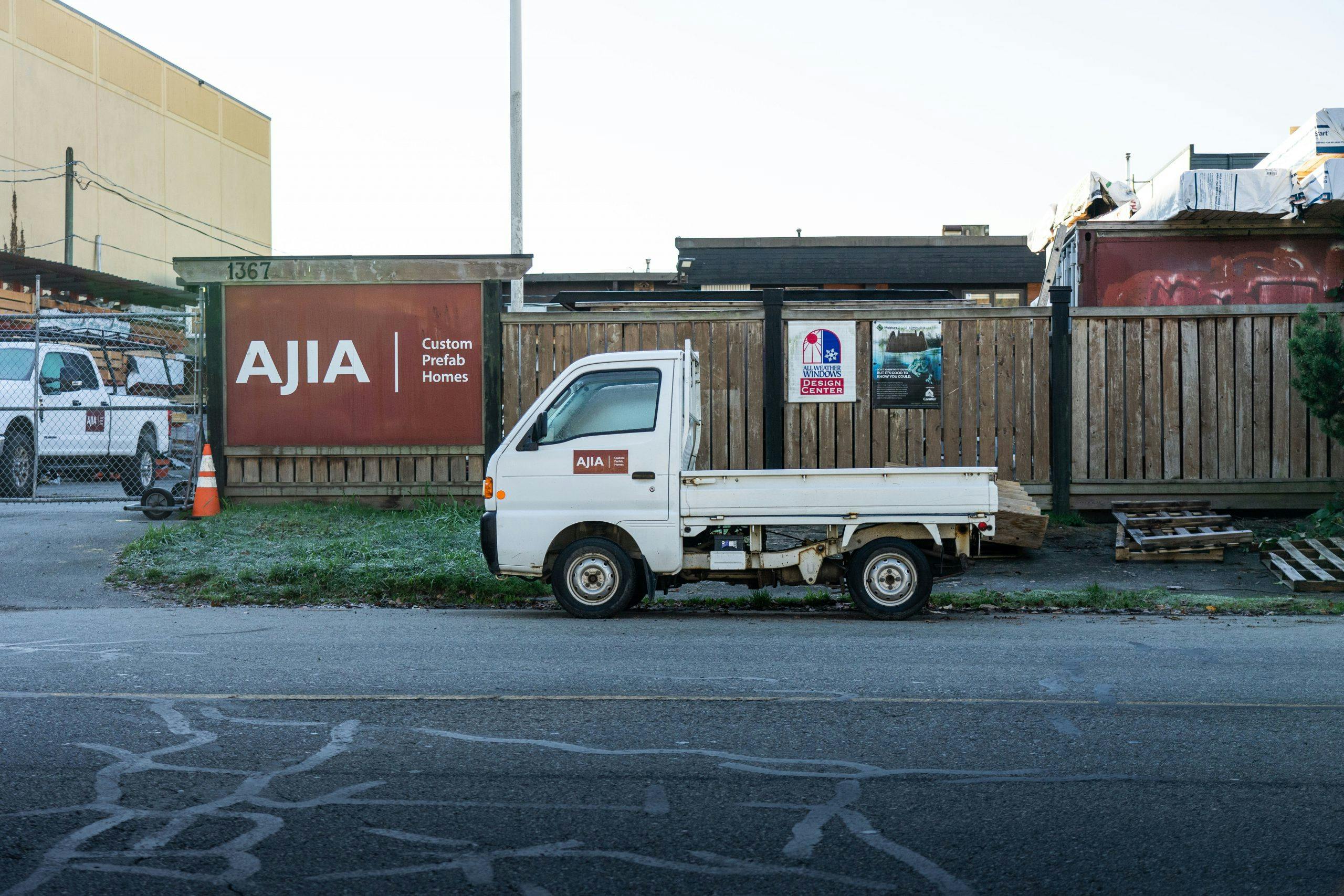
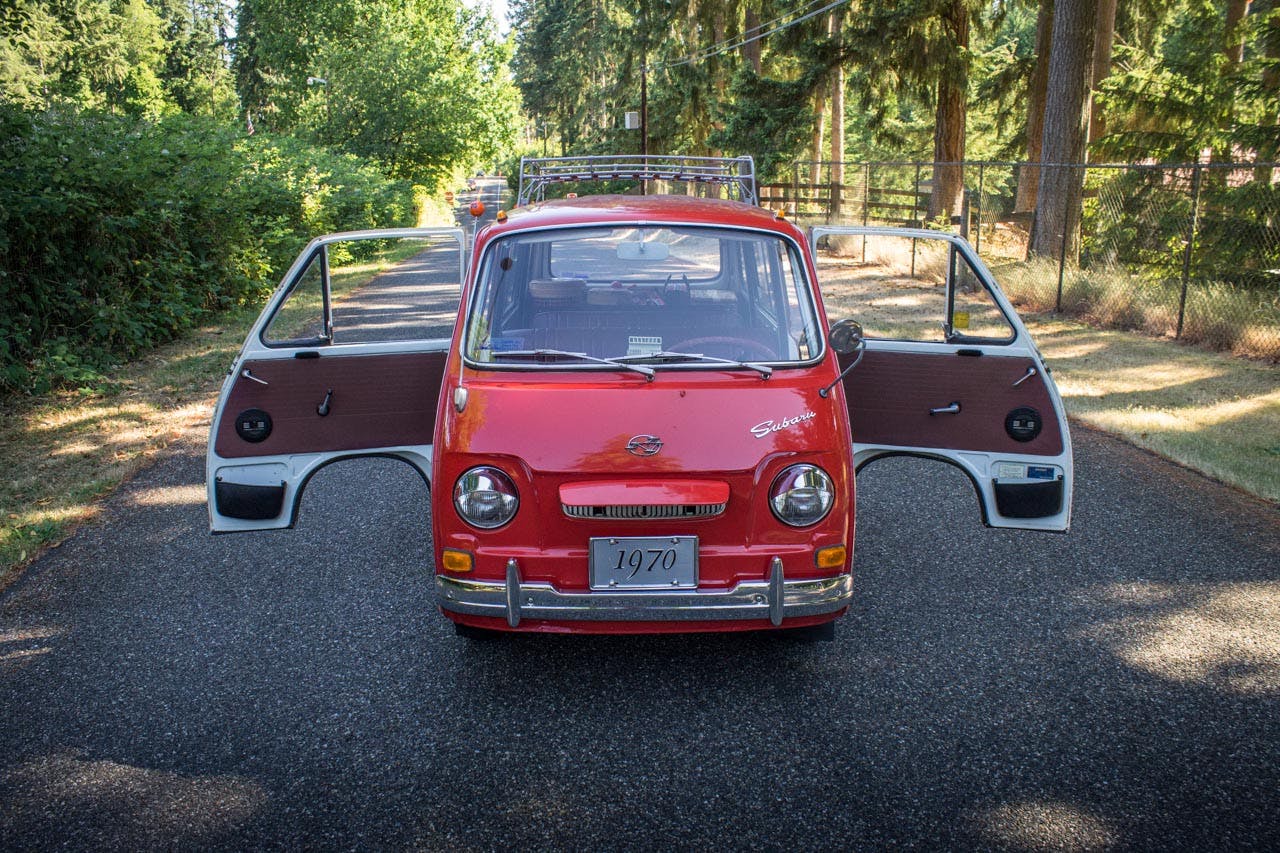

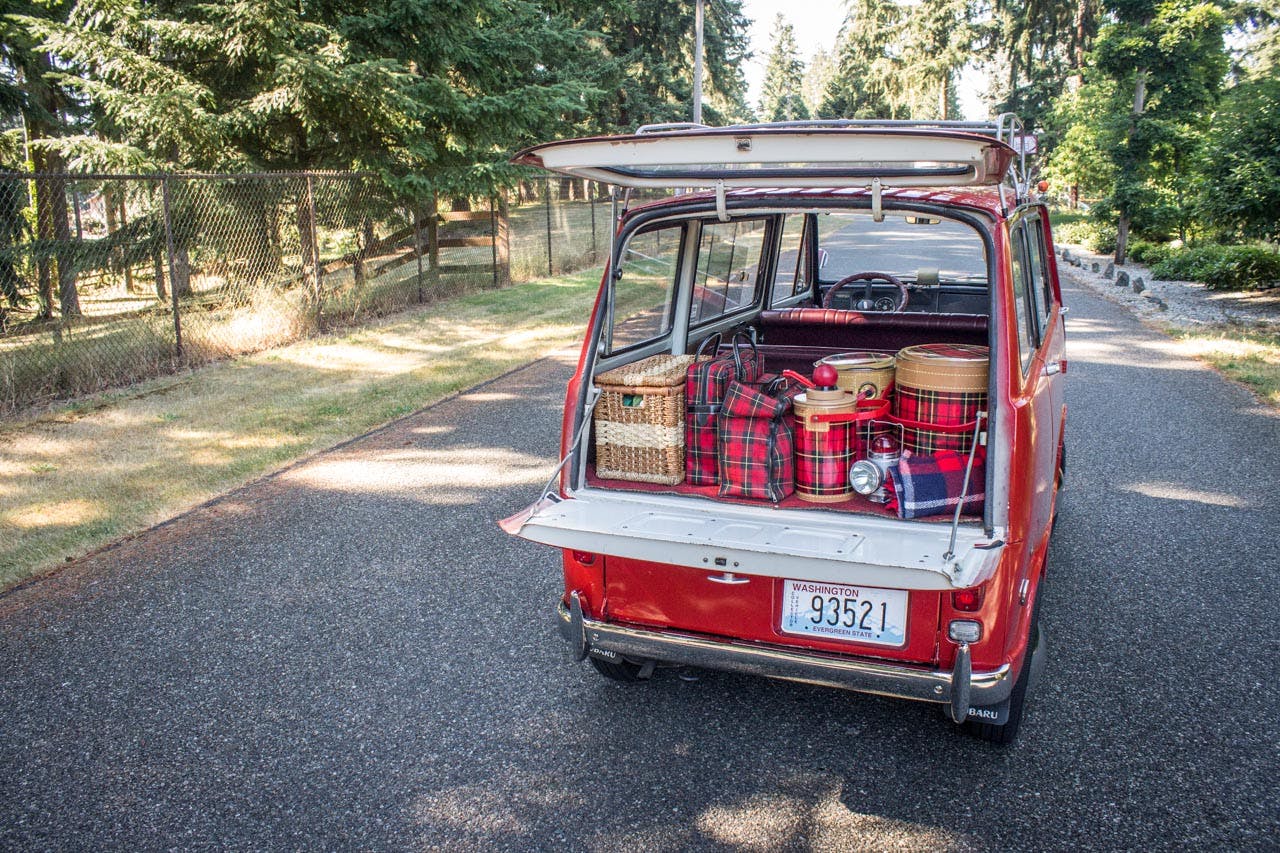
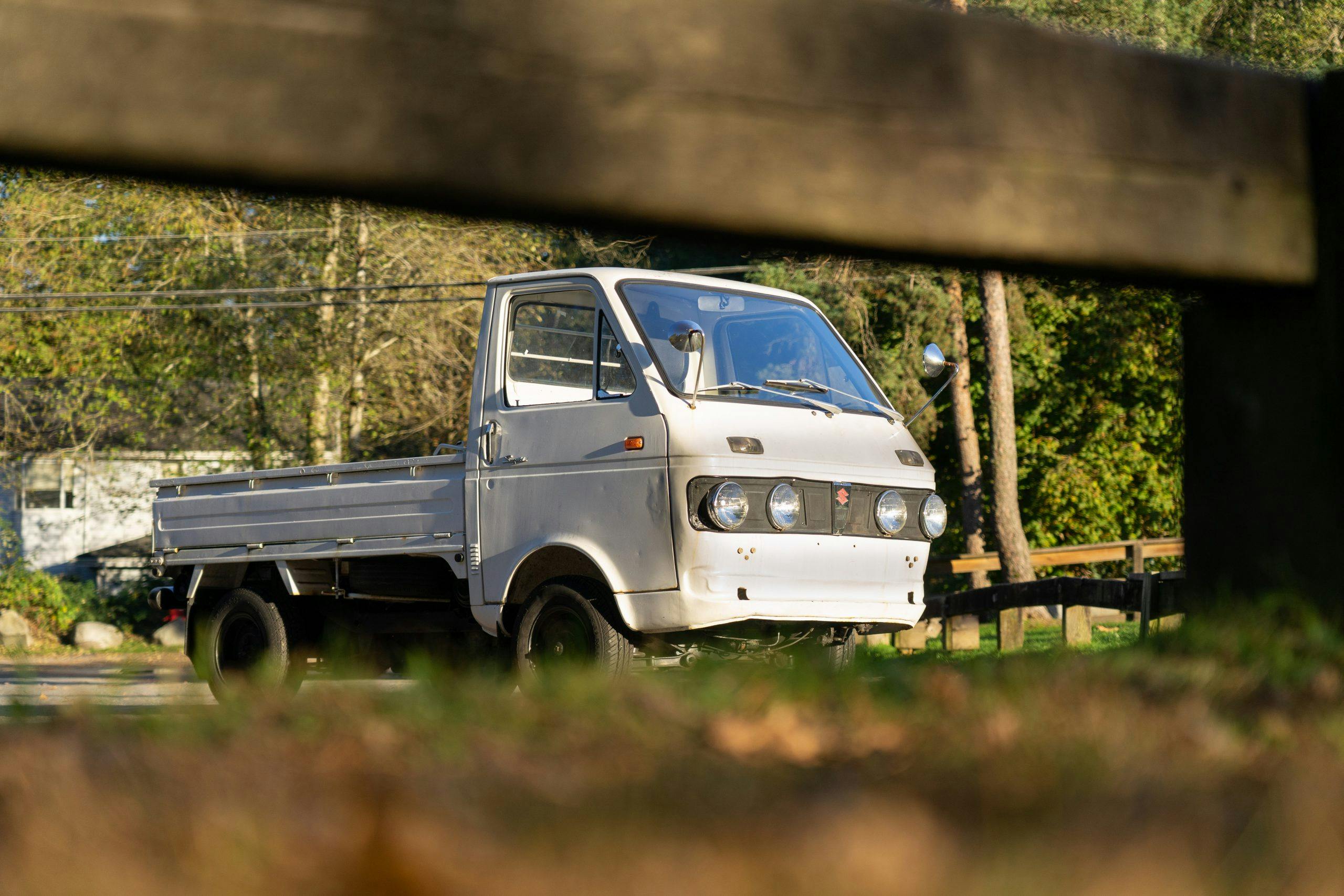



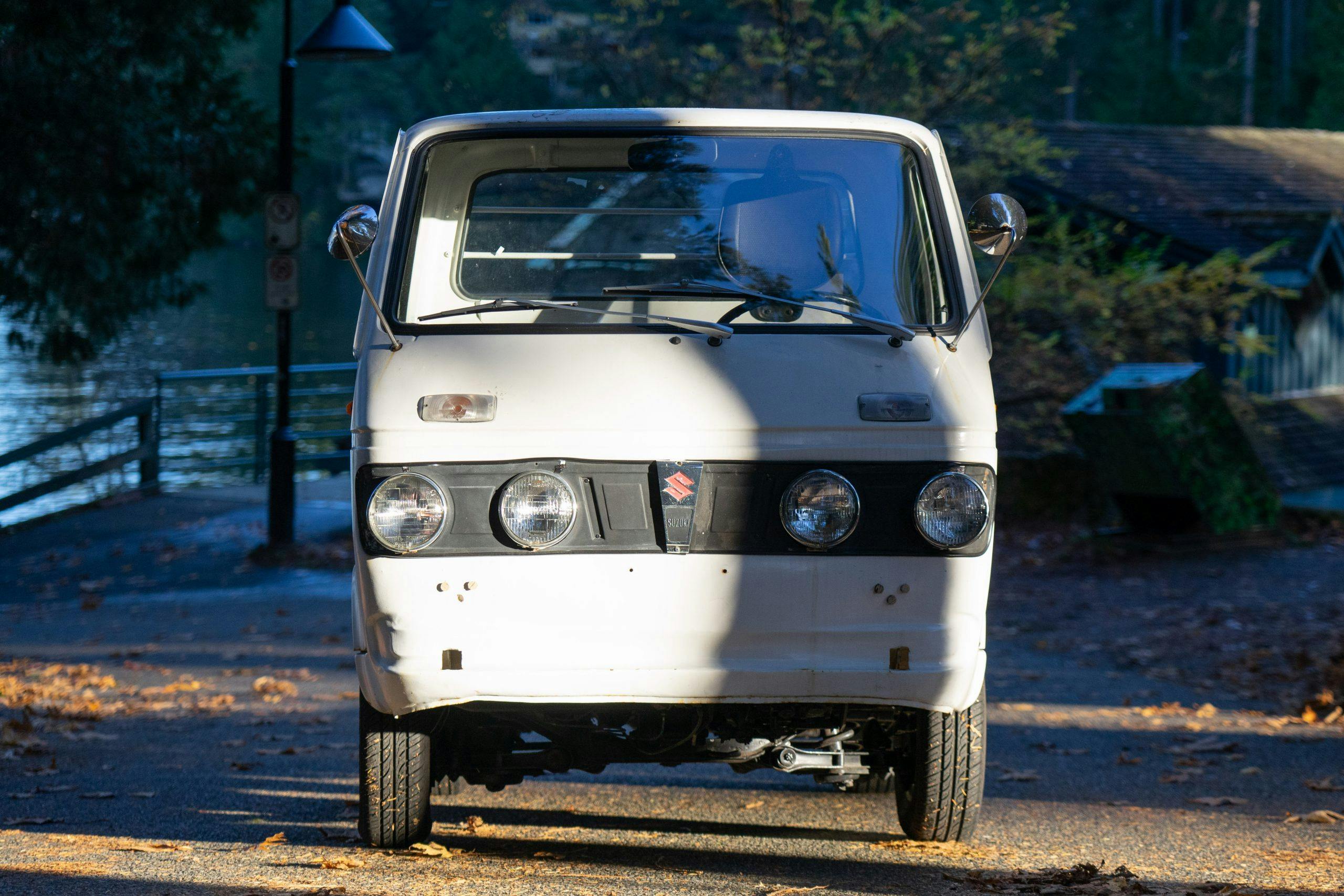



Great article ; Yet Hagerty agent just advised that you do not insure these ?
As a Hagerty agent in VA, we can. it just takes longer for underwriting to approve it and its a lot more paperwork, so some agents don’t want to write the policy.